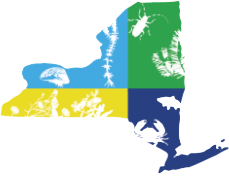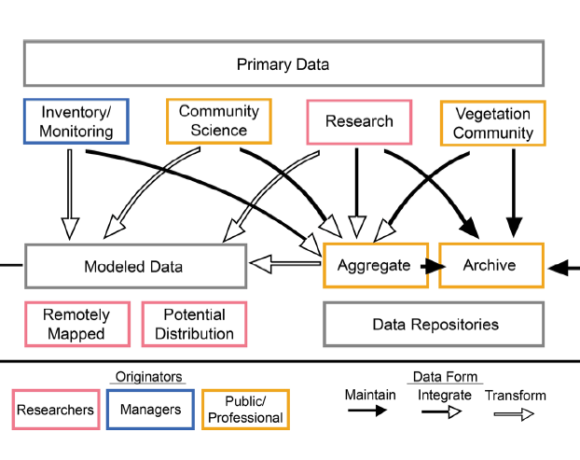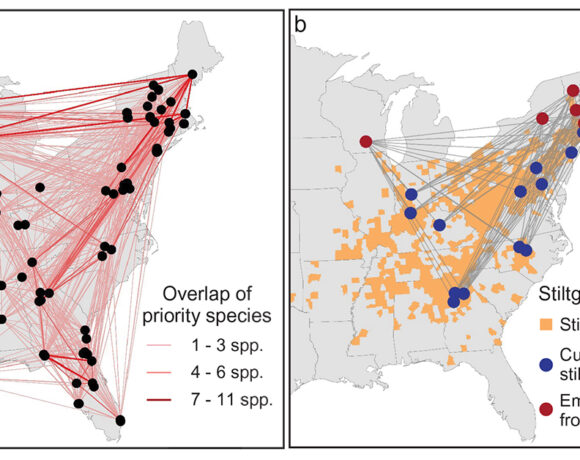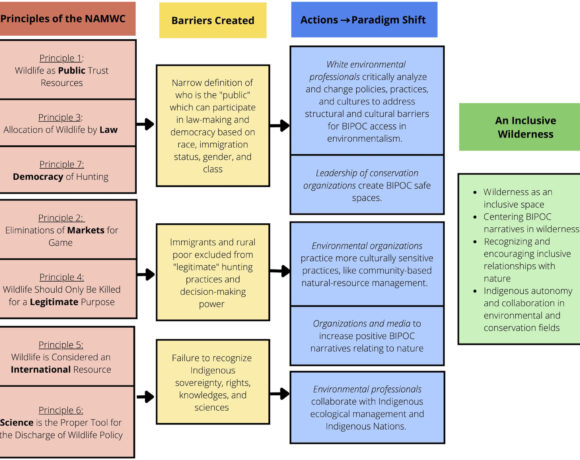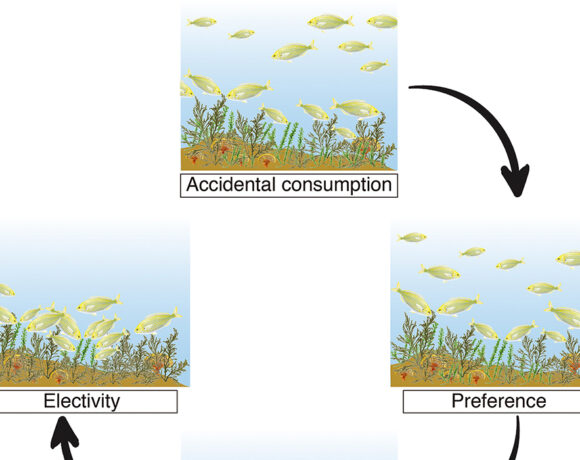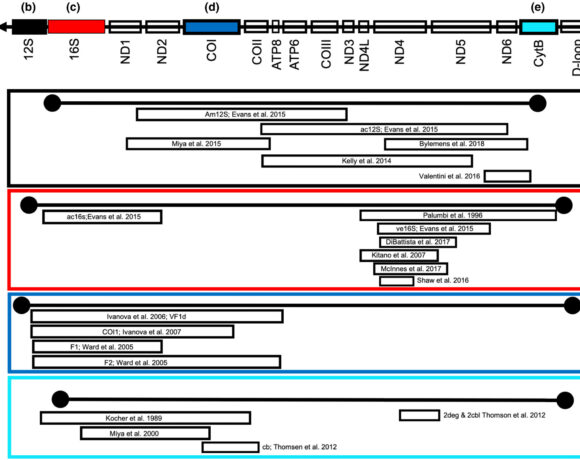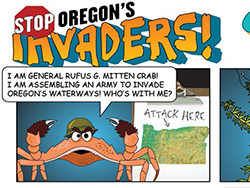How stakeholders respond to message frames: A case study of online behavior for aquatic invasive species
Summary written by Justin Dalaba, edited by Audrey Bowe
Scientists rely on metaphor and analogy to make sense of scientific phenomena and communicate their findings to each other and to the public.
The language and strategies used to communicate about invasive species have implications for the way we respond to, and ultimately garner support for invasive species management. For Aquatic Invasive Species (AIS) in particular, one area that has been underexplored is how stakeholders respond to different message frames, which are designed to elicit an emotional response. Shaw et al. tested five commonly used AIS message frames (listed below) using artist-commissioned zebra mussel visuals, delivered through targeted social media advertisements to 270,000 Facebook users interested in lakes, boating, or fishing. Using metrics of “costs per click”, shares and comments to quantify engagement, they sought to understand: 1) What emphasis frames about zebra mussels on Facebook are most cost-effective in getting boaters and anglers to learn more? 2) What frames are most engaging in terms of comments and shares? 3) How do men and women compare in terms of engagement with different frames? The metaphorical frames used, including key findings and considerations are summarized below.
Take-aways by emphasis frame:
- Science: considered the control in this study, this straightforward and factual approach is easily understood and broadly applicable across taxa. The authors demonstrated that Science could result in twice as many clicks when compared to posts with the Hitchhiker or Protective frames without ethical concerns.
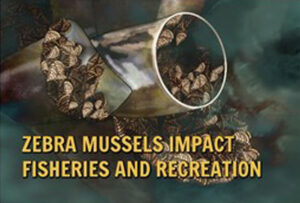
- Hitchhiker: arguably the most visibly promoted metaphor in preventing the spread of AIS, this portrayed “passive-looking” zebra mussels hitching a ride with boaters. While this frame had more shares on Facebook than Science (the control), it was more expensive and less effective (i.e. significantly higher cost-per-click).
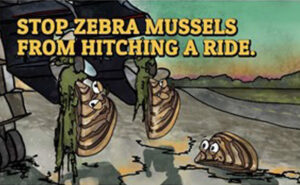
- Protective: using the headline “You can help protect our lakes,” this approach was designed to stand apart from other male-centric message frames. Similar to Hitchhiker, this frame was more expensive and less effective relative to the Science emphasis (i.e. significantly higher cost-per-click).

- Militaristic: framing invasive species as the “targets” or “enemies” in combat tends to evoke ethical problems about how we perceive nature. While invasive species research uses militaristic language more frequently than other ecology and conservation biology literature, this message frame did not outperform Science or other more ethically-sound options. Results suggest this approach is not necessary to influence online behavior.

- Nativist: the use of terms such as “alien” or “exotic” simply implies non-native species are unwelcome and will harm native species, but Facebook comments suggested a parallel with animal and human immigrants as dangerous invaders. This did not outperform Science, and clearly produced a different quality of comments, including comparisons to controversial border wall issues.
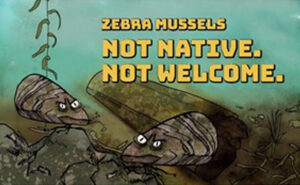
Management implications:
- Emphasis frames and metaphors used to encourage prevention efforts can make a difference in terms of cost-effectiveness and engagement in invasive species issues
- Natural resource managers and AIS outreach professionals should opt for using emphasis frames that are most likely to advance their communication objectives (i.e. preventing AIS spread), without compromising message effectiveness through ethical concerns, such as Science (just reporting the facts) or the Hitchhiker emphasis frame
- Considering budget limitations, practitioners should also use emphasis frames that perform well across men and women, such as Science

